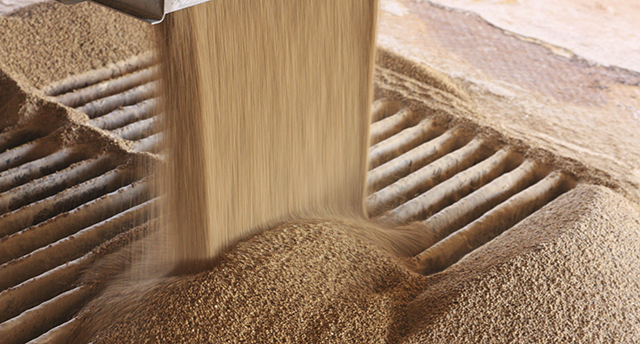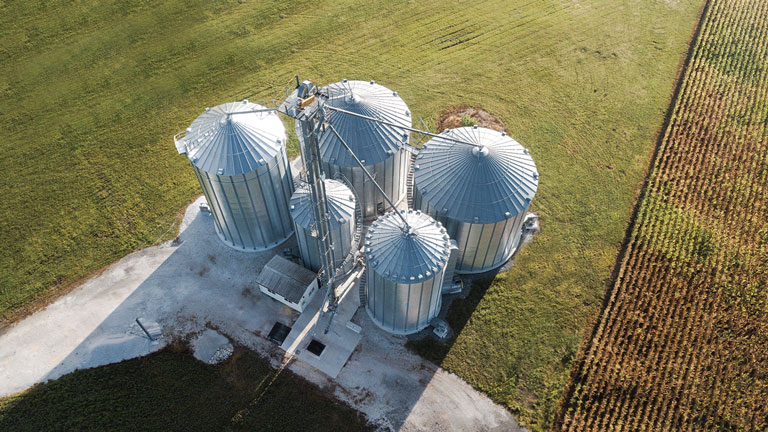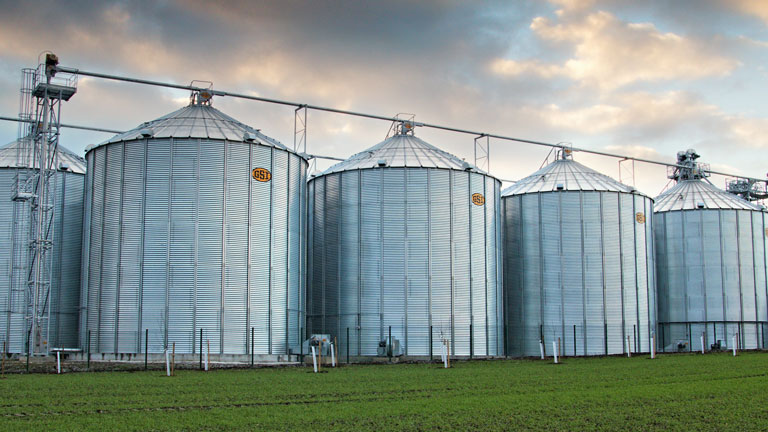On the farm, timing is everything. You get one shot each year to make a crop, and getting grain unloaded, stored and delivered shouldn’t hold you back.
What do you need to consider as you plan for an on-farm storage system?
Check out the list below.
- Proximity to a highway: A state highway lets you haul grain year round without any road restrictions. Without a highway nearby, you may encounter road restrictions, hindering your ability to haul grain.
- Natural gas: Natural gas is the most economical way to dry grain. You can still dry grain with liquid petroleum (LP), it just may be a bit more costly.
- Three-phase power: Three phase power lets you operate larger machines and motors. Single phase may work, but three-phase allows you to confidently plan for future grain handling and storage growth.
- Farms nearby: Having your farm’s grain storage facility near your fields reduces transport time and fuel cost. It may even reduce the number of trucks needed.
- Room for new bins: Consideration for future growth and expansion. Who doesn’t want to see more bushels in their bin?
- New dryer/ wet bins: Do not assume that your wet holding capacity will always be adequate. Once you start drying more grain, an increase in your wet bushel storage capacity will become a necessity.
- Pit: Adding a truck load out or a pit can sometimes save the cost of a truck or lead to other benefits. How on Farm Storage Pays for itself
- Traffic Pattern: Create a traffic pattern for separate dumping and loading stations to increase efficiency. Being able to load and unload grain simultaneously will decrease your total harvest time, thus saving you money.
A detailed grain storage plan that anticipates future growth is a must.














